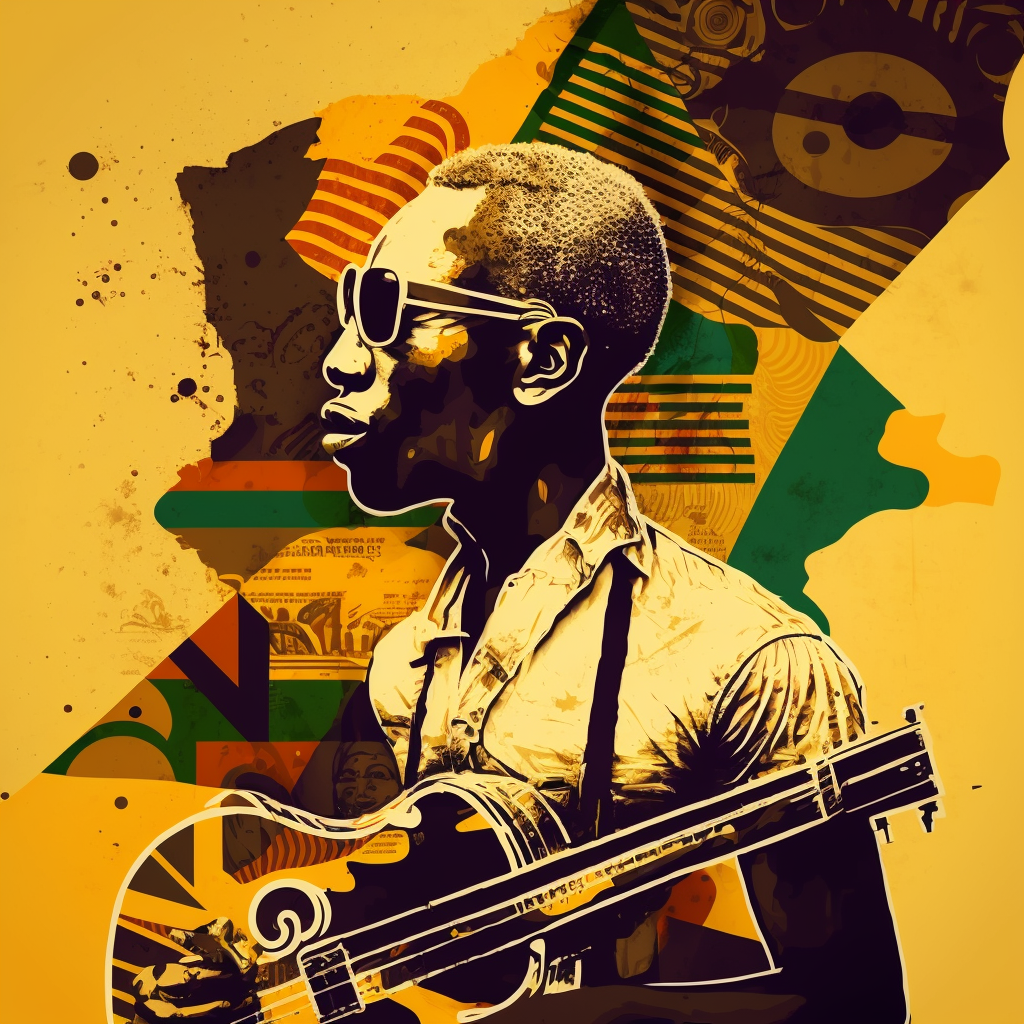Kizomba is a popular dance originating from Angola that has gained worldwide recognition. It is characterized by its slow, sensuous movements and close partner connection. The music that accompanies this dance is a vital part of the kizomba experience. In this article, we will explore what is in kizomba music, the musical instruments used, how to count the kizomba beats, and kizomba music theory.
Kizomba music is a fusion of traditional Angolan semba, zouk, and various other musical influences. It is characterized by its slow tempo, typically ranging between 70-90 beats per minute, and a steady rhythm that makes it easy to dance to. The music is usually sung in Portuguese, French, or a combination of both.
The musical instruments used in kizomba music are similar to those used in other genres of African music. They include the ngoma drum, the marimba, the guitar, and the bass. In addition, the accordion is a common instrument used in kizomba music, particularly in the French Caribbean islands where zouk originated.
To count the beats in kizomba music, it is essential to understand the music’s structure. Kizomba music has a four-beat measure, with a strong emphasis on beats one and three. The rhythm can be counted as a slow, quick-quick, slow pattern, with the emphasis on the slow beats. The music’s tempo and rhythm provide a perfect background for the slow, sensuous movements of kizomba dance.
Kizomba music theory involves understanding the various elements that make up the music. These include melody, harmony, rhythm, tempo, and instrumentation. The melody is the main musical theme of the song, while the harmony involves the chords and notes that accompany the melody. The rhythm and tempo are the heartbeat of the music, while the instrumentation comprises the various musical instruments used to produce the sound.
Several artists have contributed to the development and popularization of kizomba music. Some of the most notable include Nelson Freitas, Anselmo Ralph, C4 Pedro, and Yuri da Cunha. These artists have produced numerous hits that have become popular both in Angola and internationally.
In conclusion, kizomba music is a unique fusion of traditional Angolan music, zouk, and other musical influences. Its slow, steady rhythm, and use of traditional instruments provide the perfect background for the sensuous movements of the kizomba dance. By understanding the musical structure and theory behind kizomba music, we can better appreciate and enjoy this popular genre of music.
Original Art:
[Insert image of a couple dancing kizomba with musical notes in the background]
Copyright Details:
Image by [Artist Name], used with permission under license.



